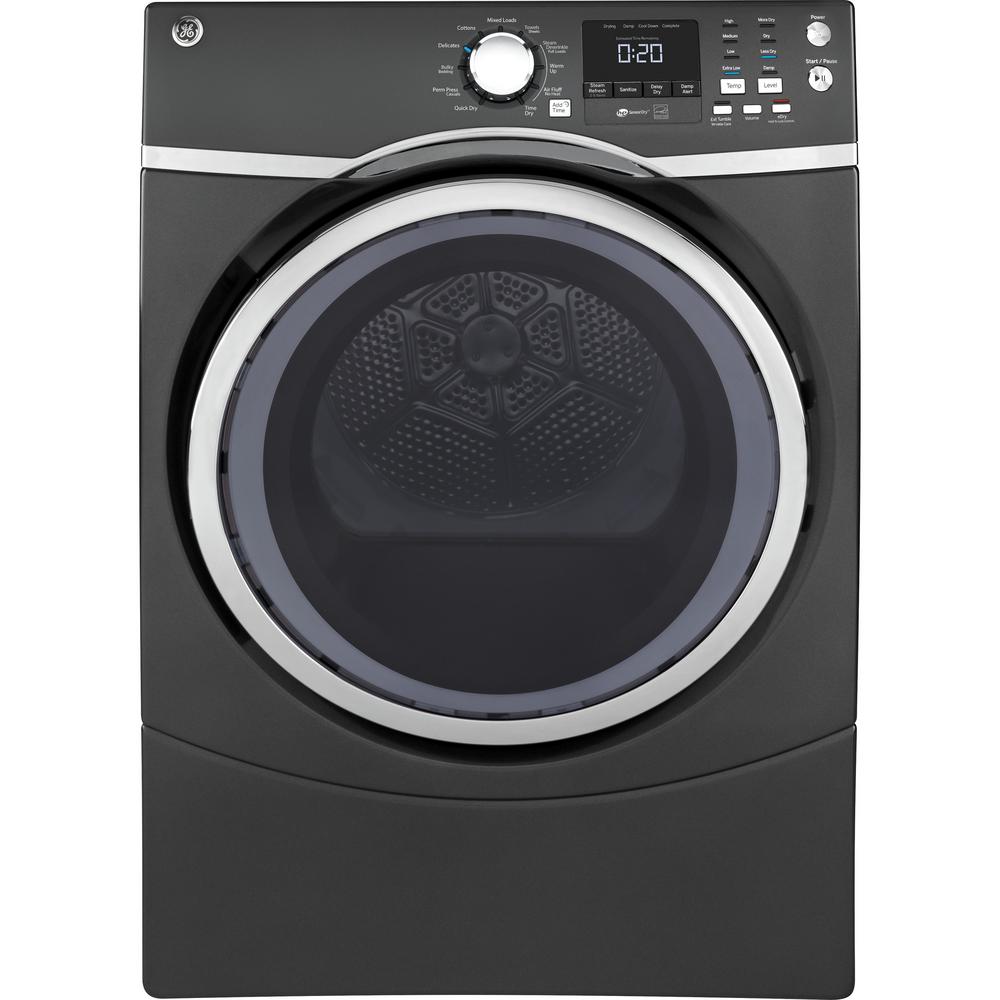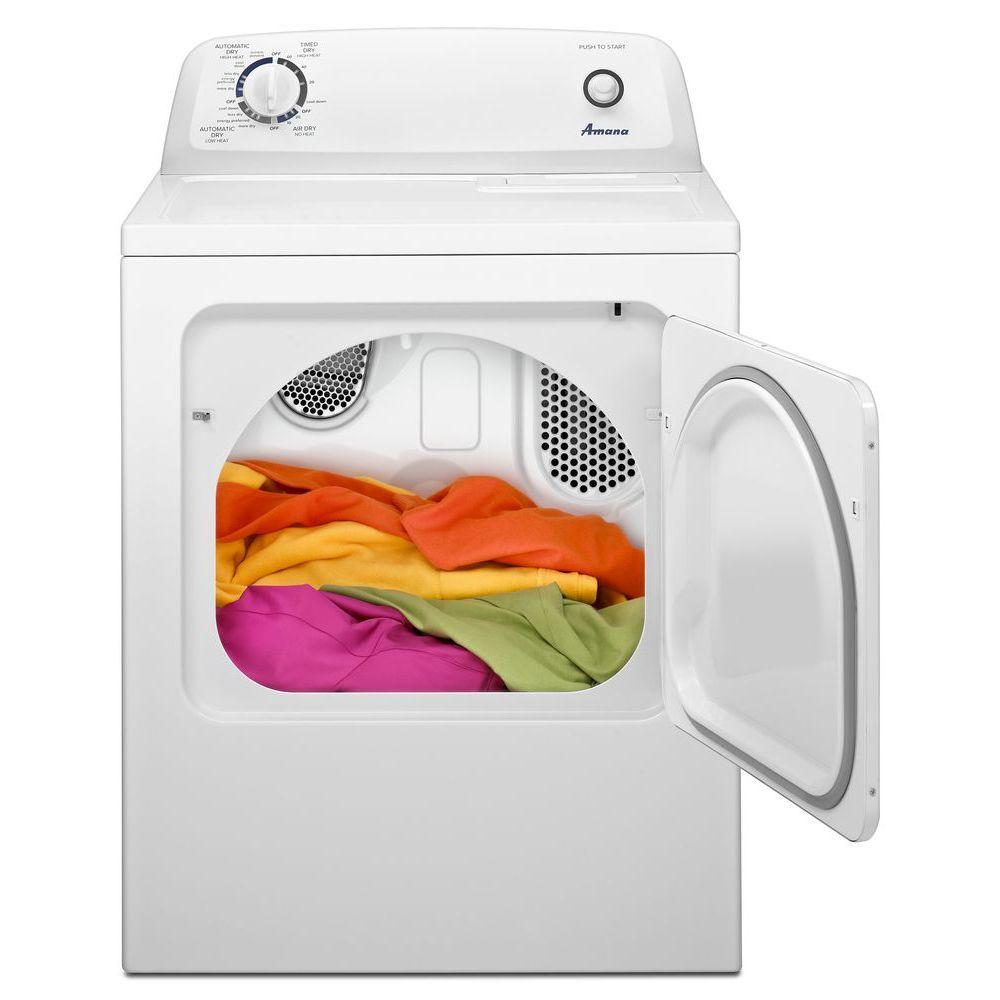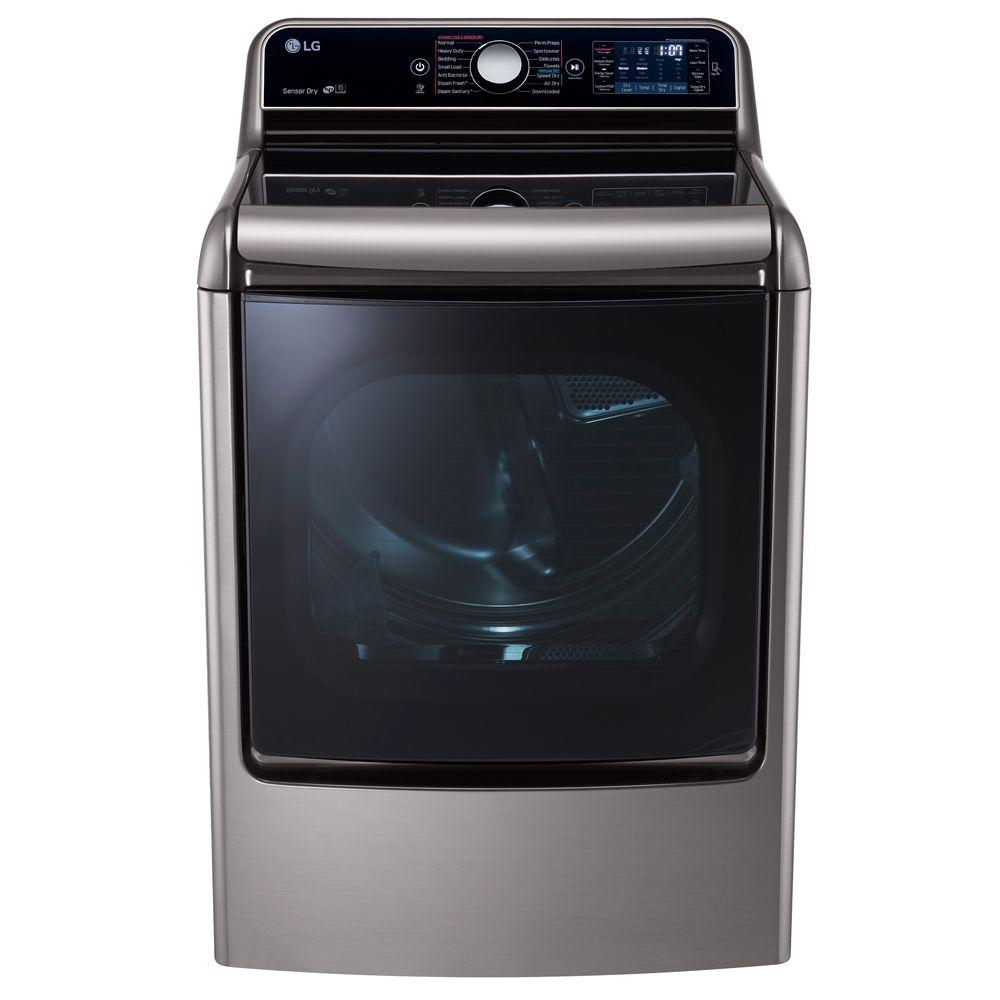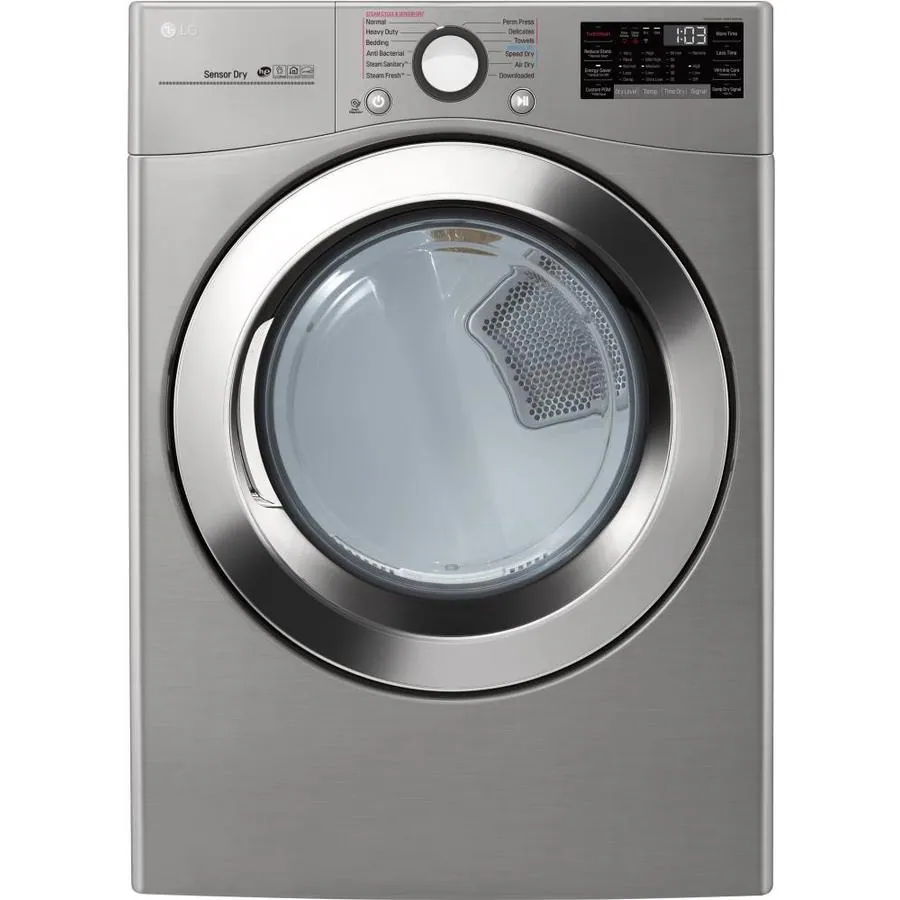There’s nothing more frustrating than pulling out a load of wet clothes from what should be a running gas dryer. While relying on a dryer to quickly get your clothes ready is convenient, discovering it’s not heating up throws a wrench into your plans. So, why is your gas dryer not heating up? This article explores the common reasons behind this issue and offers practical solutions to get your dryer back in working order.
Faulty Igniter
One of the primary components responsible for generating heat in a gas dryer is the igniter. When the dryer is turned on, the igniter heats up and ignites the gas, producing the necessary heat to dry your clothes. However, if the igniter is faulty or damaged, it won’t create the spark needed to ignite the gas, leaving your dryer with no heat.
To check the igniter, first, unplug the dryer and access the burner assembly. Locate the igniter and inspect it for visible damage, such as cracks or breaks. You can also use a multimeter to check for continuity. If the igniter shows no continuity or is visibly damaged, it needs replacement. Installing a new igniter is typically straightforward, but make sure to follow the manufacturer’s instructions and take necessary safety precautions.
Clogged Ventilation System
A clogged ventilation system can also be the culprit behind your gas dryer not heating up. Over time, lint and debris can accumulate in the dryer vent, restricting airflow and causing the dryer to overheat. When this happens, the thermal fuse may blow as a safety precaution, cutting off the heat supply to prevent a fire hazard.
To address this issue, regularly clean the lint filter and inspect the dryer vent for blockages. Disconnect the vent hose from the back of the dryer and use a vacuum or a vent cleaning brush to remove any lint buildup. Additionally, check the outdoor vent to ensure it’s not obstructed. Keeping the ventilation system clean not only helps your dryer function properly but also improves its efficiency and safety.
Malfunctioning Thermal Fuse
The thermal fuse is a critical safety device in a gas dryer that prevents overheating. If the dryer’s temperature exceeds a certain threshold, the thermal fuse will blow, shutting off the heat to avoid potential fire hazards. However, once the thermal fuse blows, it cannot be reset and must be replaced.
To determine if the thermal fuse is the issue, locate it near the dryer’s blower housing—often found on the back panel or inside the cabinet. Use a multimeter to test the thermal fuse for continuity. If there’s no continuity, the fuse has blown, and you’ll need to replace it. Replacing a thermal fuse is usually simple, but be sure to consult your dryer’s manual for specific instructions and safety guidelines.
Defective Gas Valve Solenoids
Gas dryers use a set of gas valve solenoids to control the flow of gas to the burner assembly. These solenoids open and close to allow gas to flow, which is then ignited by the igniter to produce heat. If the solenoids are defective, they may not open, preventing gas from reaching the burner and causing the dryer not to heat up.
To test the gas valve solenoids, start by accessing the solenoids, which are located on the gas valve assembly. You can perform a continuity test using a multimeter to check if the solenoids are working correctly. If they show no continuity, they are defective and need replacement. Replacing gas valve solenoids requires some technical skill, so if you’re not comfortable with this task, it’s advisable to consult a professional technician.
Burnt-Out Flame Sensor
The flame sensor in a gas dryer detects the presence of the burner flame and ensures that the gas valve remains open while the flame is present. If the flame sensor is burnt out or faulty, it won’t detect the flame, causing the gas valve to close and shutting off the heat.
To check the flame sensor, access the burner assembly and locate the sensor near the igniter. Inspect it for any visible signs of damage or wear. You can also use a multimeter to test for continuity. A faulty flame sensor will show no continuity and should be replaced. This component is usually easy to replace, but always follow the manufacturer’s instructions and exercise caution.
Issues with the Cycling Thermostat
The cycling thermostat regulates the temperature inside the dryer drum by cycling the heat on and off. If the cycling thermostat is malfunctioning, it may not allow the dryer to reach the necessary temperature for drying clothes, resulting in a lack of heat.
To diagnose a faulty cycling thermostat, locate it inside the dryer cabinet, usually near the blower housing or the heating element. Use a multimeter to test for continuity. If the thermostat shows no continuity, it’s defective and needs to be replaced. Replacing the cycling thermostat involves accessing the internal components of the dryer, so be sure to disconnect the power and follow safety precautions.
Main Control Board Problems
In modern gas dryers, the main control board manages the various functions and operations, including the heating cycle. If there’s an issue with the control board, it can result in the dryer not heating up. This problem is less common but can occur due to electrical faults or component failures within the board.
To determine if the control board is the issue, inspect it for any visible signs of damage, such as burnt components or loose connections. Testing the control board often requires specialized knowledge and equipment, so it’s advisable to consult a professional technician for accurate diagnosis and repair. If the control board is indeed faulty, replacing it may be necessary to restore proper function to your dryer.
 Door Switch Malfunction
Door Switch Malfunction
The door switch in a gas dryer ensures that the dryer only operates when the door is securely closed. If the door switch is malfunctioning, it can prevent the dryer from heating up even if the drum is spinning. This is because the dryer’s safety mechanisms won’t allow it to generate heat with an open or improperly closed door.
To check the door switch, locate it near the dryer door frame. You can test the switch using a multimeter to see if it shows continuity when the door is closed. If there’s no continuity, the door switch is faulty and needs replacement. This is usually a straightforward fix, but always ensure the dryer is unplugged before performing any repairs.
Power Supply Issues
Lastly, issues with the power supply can also cause a gas dryer not to heat up. Ensure that the dryer is properly plugged into a working outlet and that there are no tripped circuit breakers or blown fuses. Occasionally, power surges or electrical issues can affect the dryer’s functionality, including its ability to generate heat.
If you suspect a power supply issue, check the outlet with a voltage tester to ensure it’s delivering the correct voltage. Additionally, inspect the power cord for any signs of damage. If the outlet or power cord is faulty, addressing these issues can restore heat to your dryer. When dealing with electrical components, it’s crucial to prioritize safety and consider consulting an electrician if you’re unsure.
Conclusion: Gas dryer not heating up
So, why is your gas dryer not heating up? Several potential issues could be at play—from a faulty igniter and clogged ventilation system to malfunctioning thermal fuses and defective gas valve solenoids. By methodically checking each component and addressing the underlying causes, you can diagnose and fix the problem, restoring your dryer’s functionality. Regular maintenance and timely repairs not only ensure your dryer operates efficiently but also extend its lifespan, allowing you to enjoy the convenience of properly dried clothes without interruption.






